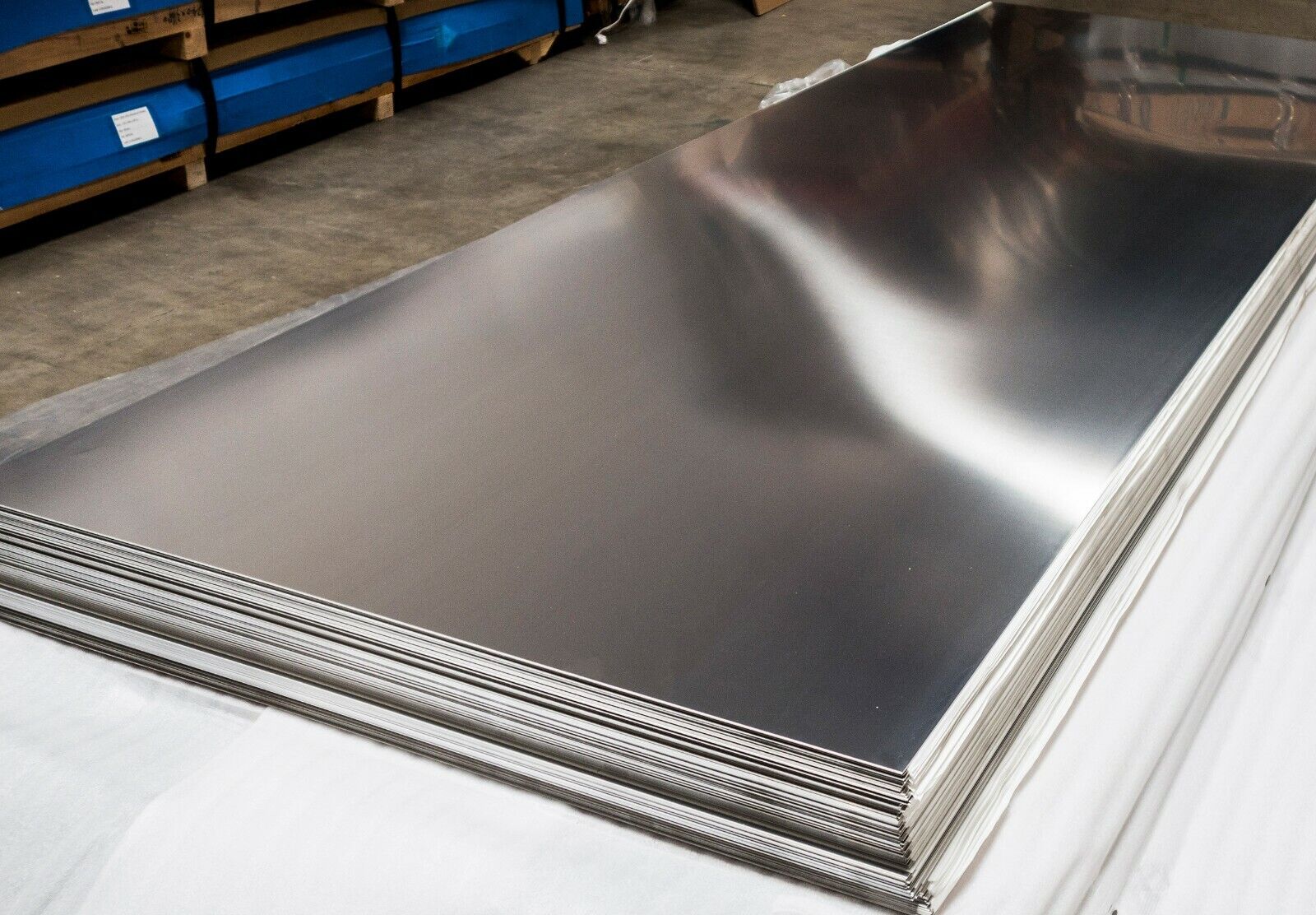Stainless steel is a material renowned for its durability, corrosion resistance, and aesthetic appeal, making it a popular choice for various applications, including range hoods. Among the different grades of stainless steel, 430 and 304 are commonly used in the manufacturing of range hoods, each with its own set of characteristics and advantages.
What is Stainless Steel?
Stainless steel is an alloy primarily composed of iron, with the addition of chromium, nickel, manganese, and other elements depending on the grade. The addition of chromium enhances its corrosion resistance properties, making it ideal for environments where exposure to moisture, heat, and chemicals is prevalent.
430 Stainless Steel: Practical and Cost-Effective
430 stainless steel is a ferritic, straight chromium alloy known for its excellent corrosion resistance in mildly corrosive environments. It contains 17% chromium, which forms a protective oxide layer on its surface, effectively preventing rust and corrosion. However, it has a lower nickel content compared to 304 stainless steel.
Characteristics of 430 Stainless Steel:
Corrosion Resistance: 430 stainless steel exhibits good resistance to corrosion in indoor environments, but it may not be suitable for outdoor applications or highly corrosive environments.
Heat Resistance: While 430 stainless steel can withstand moderate temperatures, it may experience discoloration or distortion at higher temperatures.
Magnetic Properties: 430 stainless steel is magnetic, which can be advantageous in certain applications.
Cost-Effectiveness: One of the primary advantages of 430 stainless steel is its relatively lower cost compared to other stainless steel grades, making it an attractive option for budget-conscious projects.
304 Stainless Steel: Versatility and Superior Corrosion Resistance
304 stainless steel is an austenitic stainless steel alloy containing 18% chromium and 8% nickel, known for its excellent corrosion resistance, versatility, and durability. It is the most widely used stainless steel grade in various industries due to its superior properties.
Characteristics of 304 Stainless Steel:
Corrosion Resistance: 304 stainless steel offers exceptional resistance to corrosion, making it suitable for a wide range of applications, including marine environments and exposure to acids and chemicals.
High-Temperature Resistance: It can withstand high temperatures without losing its structural integrity, making it ideal for cooking appliances like range hoods.
Non-Magnetic: Unlike 430 stainless steel, 304 stainless steel is non-magnetic, which can be advantageous in certain applications where magnetic interference is a concern.
Aesthetic Appeal: 304 stainless steel has a bright, reflective surface finish that enhances its aesthetic appeal, making it popular in architectural and decorative applications.
Choosing the Right Stainless Steel for Your Range Hood
When selecting the appropriate stainless steel grade for your range hood, it’s essential to consider factors such as environmental conditions, budget constraints, and aesthetic preferences.
For Budget-Conscious Projects: 430 stainless steel offers a cost-effective solution with adequate corrosion resistance for indoor applications.
For Superior Performance and Durability: 304 stainless steel is the preferred choice due to its superior corrosion resistance, high-temperature resistance, and aesthetic appeal.
So, if you’re seeking a stainless steel that can handle the great outdoors with style and resilience, grade 304 is the clear winner for your outdoor range hood.
In conclusion, both 430 and 304 stainless steel grades offer unique advantages and applications for range hood manufacturing. Understanding their differences and properties can help you make an informed decision based on your specific requirements and budget constraints. Whether you prioritize cost-effectiveness or superior performance, choosing the right stainless steel grade ensures longevity and functionality for your range hood investment.
Post time: Mar-11-2024







